Succulent Walls Featured in Archinect
Succulent Walls: Unpacking Southern California’s Fickle Relationship to Water and Disaster Preparedness with UCLA’s Heather Roberge
Source: Archinect
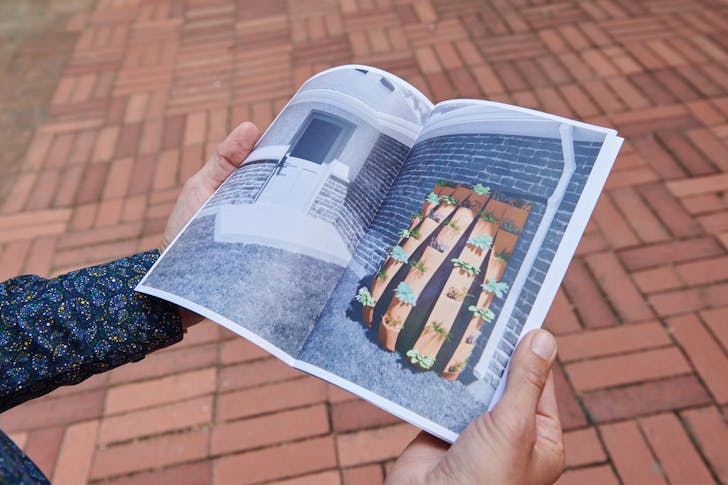
Image © Buddy Bleckley courtesy of MADWORKSHOP
Southern California’s climate is a combination of dry and semi-arid with seasonal rainfall. Particularly for the Los Angeles metropolitan area, this condition results in precarious management of water, especially in terms of collection, irrigation, and non-potable domestic uses. In addition to the area’s fickle relationship with water, L.A.’s lack of disaster preparedness for water-related catastrophes is due for a re-assessment. That’s where institutions and organizations within the city have found ways to help.
At UCLA’s Architecture and Urban Design program, for example, a combination of research and prototyping led to the production of a project that can provide Los Angeles residents with an opportunity to view California’s relationship to water and disaster preparedness in a new light. Succulent Walls is the result of a research-based prototyping initiative led by the school’s Architecture and Urban Design chair and associate professor Heather Roberge and Los Angeles-based practice MADWORKSHOP.
Archinect sat down with Roberge to discuss the project’s origin, the collaborative prototyping process, and the multidisciplinary approach to creating solutions for Los Angeles.University of California, Los Angeles (UCLA) is hiring!1 JOB
The idea of students working alongside faculty at UCLA’s Architecture and Urban Design program constitutes a core principle of the institution’s academic ideology. A part of the School of Arts and Architecture at UCLA, Roberge partnered alongside Los Angeles-based non-profit MADWORKSHOP whose goals are to foster and facilitate innovative design through fellowships and academic programming.
According to Roberge, “different interests and a possible future for a project of this scale were made interesting because of the diverse setups and collaborations we experienced during the entire research and design process.” During their collaboration, both Roberge and the team at MADWORKSHOP were joined by graduate students from the Architecture and Urban Design program to further explore prototyping possibilities for water collection, conservation, and disaster preparedness in Southern California.
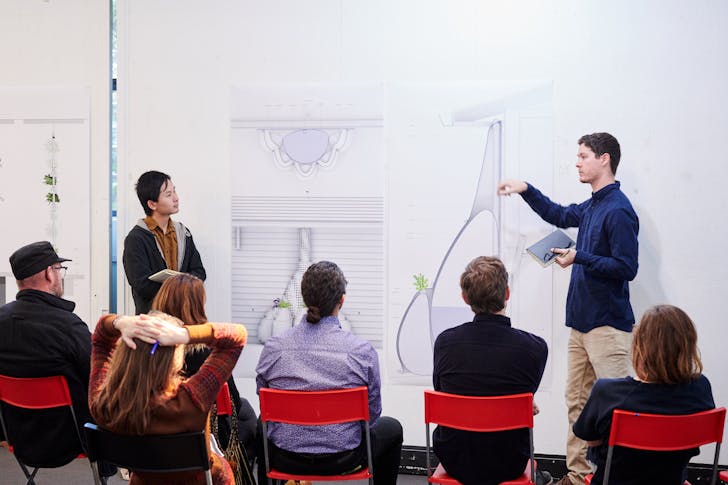
When did the concept and eventual prototype for Succulent Walls start?
The department was approached by MADWORKSHOP early last summer. They were interested in doing a collaborative design and build project with the department. I decided to pick the idea of a product design that would address my previous work and other research teachings regarding water and water usage. The goal was to focus on the understanding and behavior of water to help facilitate a new type of research.
In extreme drought or unprecedented weather events, there have been over four years of incredible news lines and natural events that are making water an urgent matter to address in the built environment. The product design came out of that, as did a house design called Succulent House.

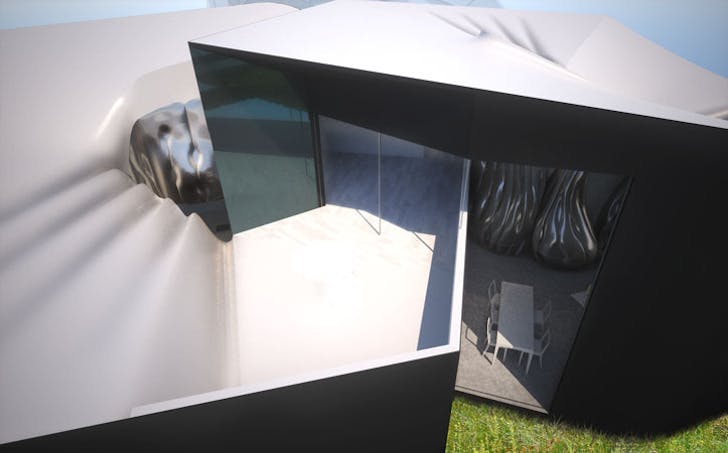
Can you share a bit more about Succulent House?
This was in 2011, when environmentalism was really only impacting houses, in terms of the equipment that homeowners were willing to add on. They weren’t substantially challenging in terms of their performance, but they were thinking from the inside out like rainwater harvesting versus equipment add-on aspects.
There were people who were interested in the house and thought that this was a built work. I was interested in an aesthetic proposition for a house and to be speculative. Succulent House addressed the pressing global issue of freshwater quality and supply as but one possible force to drive design ingenuity and improve environmental performance. For single-family homes in the Los Angeles area, there are increasing demands for water. This project aimed to tackle that issue.
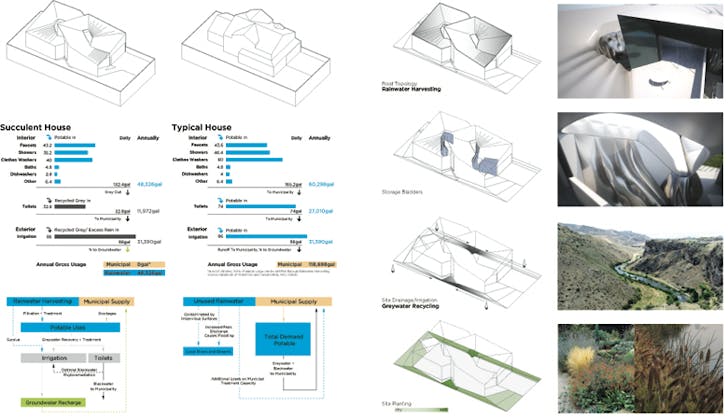
You mentioned that your design initiative for the house was to experiment on “the organizational, spatial and atmospheric potential of water collection on the American house.” With this in mind, how did the graduate research seminar allow the students to expand on this possibility?
The design seminar format consisted of two terms where students created five different product designs for rainwater attachment to store water in an emergency setting. The goal was to create prototypes that could carry 50 gallons for a family of four for a two-weeks’ supply.
Throughout the seminar, students began to study the garden and landscape element for the wall of the house. Students got to work with me, and every 2 to 3 weeks, MADWORKSHOP would come in and respond to their findings. They offered great perspective and feedback with the development of the work. At the end of the seminar, we selected two projects, “Suki” and “Drip,” to further investigate.
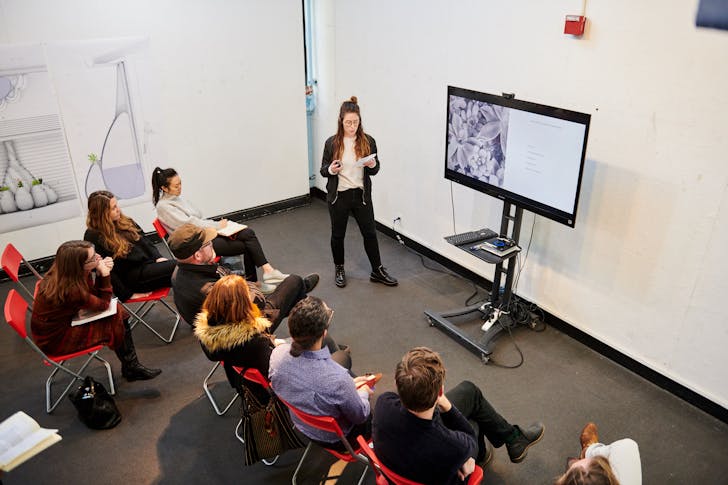
The prototype aspect of production was crucial. Students had to see what materials were available and what needed to be custom-made.
What’s the primary difference between these two stormwater capture prototypes?
One is a responsive vinyl bladder we developed as a custom, flat, unfolded piece of material, and the other reads more like a vending machine or apparatus for collective water through passive methods for distributing
Both of these prototypes allow you to monitor how much water is being used and conserved. They provide this dual benefit as a water catchment system that allows you to store water and use it for sustainable gardening purposes. The idea that the conservation measure is visualized is key.

Did collaborating with graduate students reveal new insights for that may have led to prototype break-through?
The students were learning how to design a new urban system for single-family homes. They learned about hydrology and water-borne transportation. Essentially, they were trying to figure out how these infrastructure systems could be reconfigured and fit in a city.
The prototype aspect of production was crucial. Students had to see what materials were available and what needed to be custom-made. For example, I needed to learn how industrial bladders are made because the material aspect of these things are so fascinating. They can store chemicals, food, water, and they’re used by so many industries. As a group, we learned a lot from the manufacturing process and how we can find a partner to make specialized components like performing sealants.
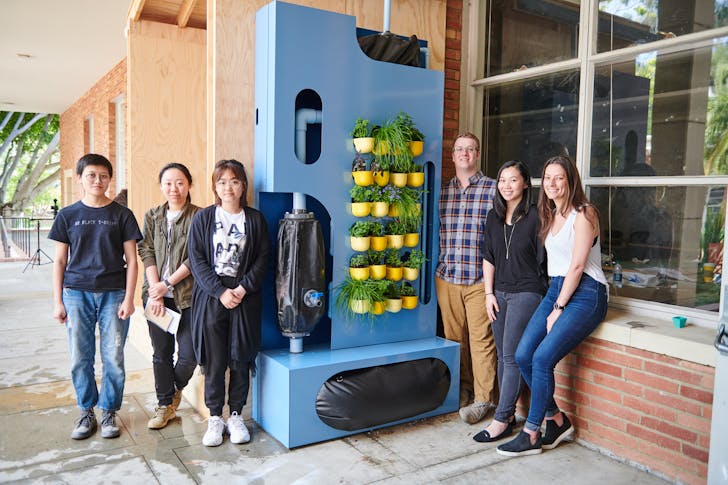
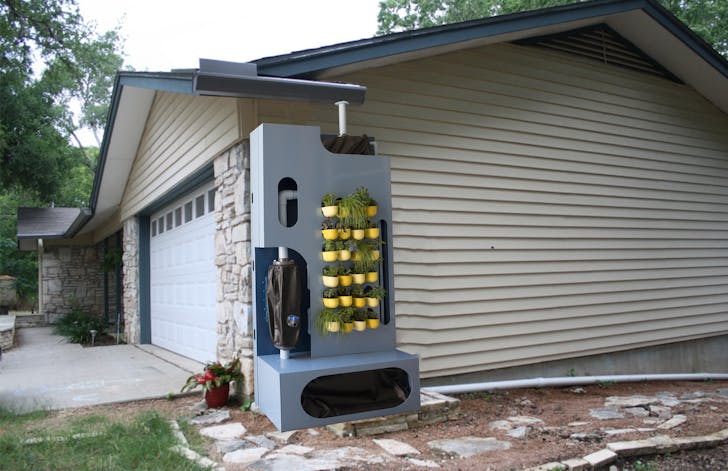
MADWORKSHOP’s ethos and design methods seem to thrive off of multidisciplinary collaboration, something I believe is important for students in architecture academia to have. How has working with MADWORKSHOP influenced your students?
Their mission is to help fund these types of endeavors/prototypes. They’re focused on figuring things out of actual materials, rather than just through scales and models, which is so valuable. The foundation understands that resources are hurdles to creative forms of inquiry, and if they can support young designers on these issues, they’re all for it.
It’s a part of the mission at MADWORKSHOP, and I have an affinity for wanting to understand these ideas through prototyping and artifacts. For me, those are ways to empower young architects and how they can make changes to how things are conventionally done. Their partnership and like-mindedness were instrumental. They were committed to the questions, and they provided resources from so many disciplines.
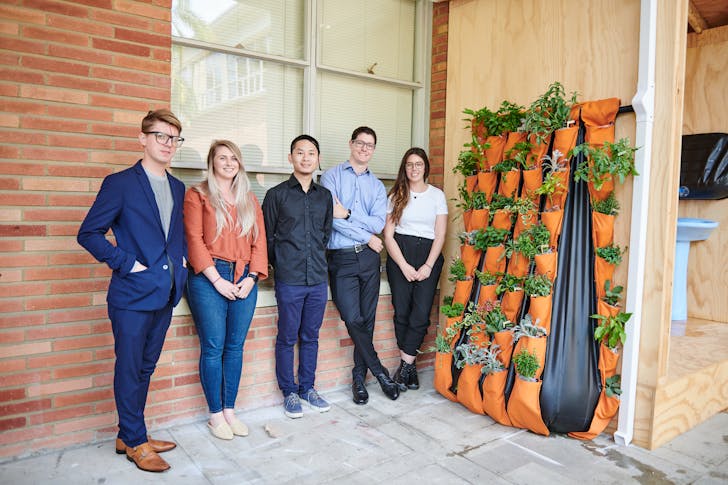
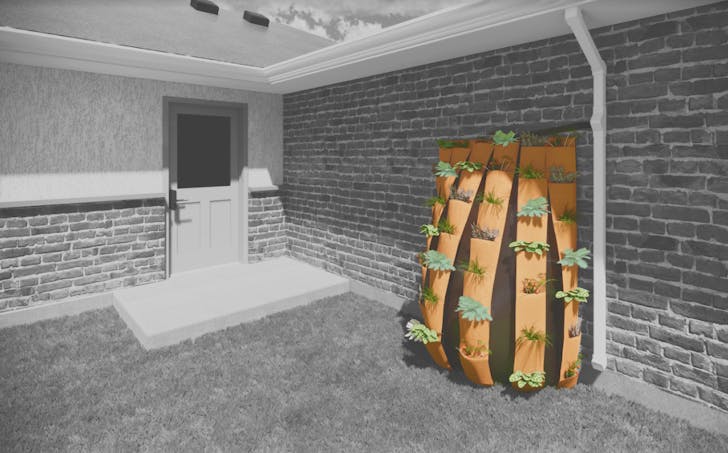
The Succulent Wall prototypes were on display this past June at the LA Design Festival. How did the public respond to the project?
When the projects were featured at the LA Design Festival, there was so much interest. It was great to see the community respond the way that they did. Visitors were interested in what they can do in terms of making a difference in water use and conservation. We had all different kinds of people coming by and talking to us so they could buy it; We were happy with the interest. Many were asking when and where they could purchase one for themselves.
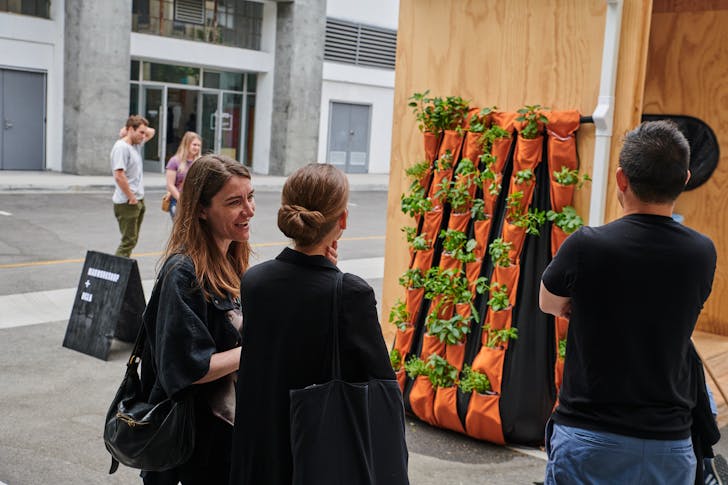
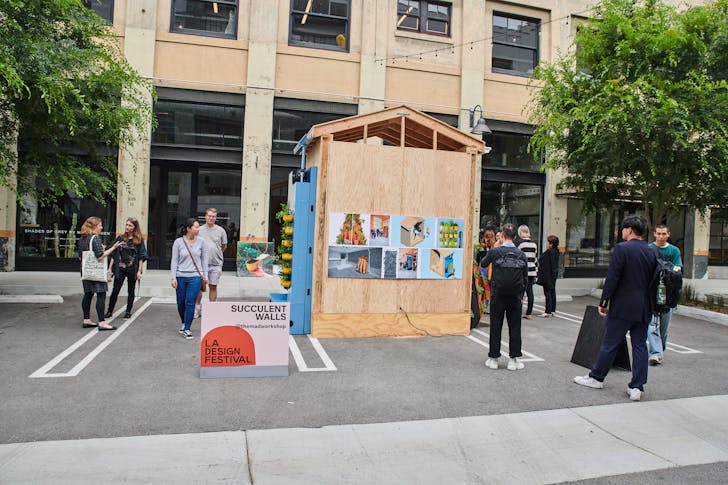

What are the next steps for Succulent Walls? Will we see other iterations of these prototypes throughout Los Angeles?
I have a couple of students who are interested in pursuing the production of the lower-cost project. A bit similar to the flat-pack system. This type of production would be less expensive. Users could roll it in a sleeping bag, and you would need limited experience/expertise for installation.
We’re hoping to move that forward to refine the geometry of the piece to learn from the prototype to make a few adjustments.
What has been your biggest takeaway from the project?
Sometimes it’s easy to reject ideas by knowing them so well. But when this happens, it should be seen as an opportunity where you can push these ideas into new forms because you can push them into these constraints intimately.
Also, different concerns and possible futures for the project were made more interesting because of these diverse setups.
MADWORKSHOP + UCLA Architecture and Urban Design: Succulent Walls. Video b